Vietnam: What are the sample 1st mid-semester question papers of 6th-grade History and Geography? Are 6th-grade students still considered children?
What are the sample 1st mid-semester question papers of 6th-grade History and Geography in Vietnam?
Below is the sample 1st mid-semester question papers of 6th-grade History and Geography:
|
1st mid-semester question paper - Knowledge Connection Question 1. History is understood as |
Note: The above sample 1st mid-semester question papers for Grade 6 History and Geography are for reference only.
Students should combine revision with the 1st mid-semester question papers given by teachers to achieve the best results.
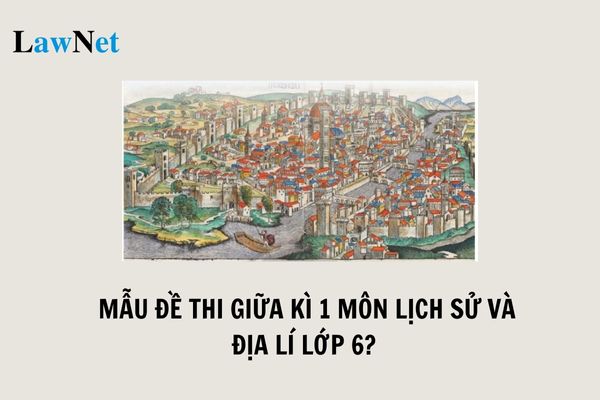
What are the sample 1st mid-semester question papers of 6th-grade History and Geography? Are 6th-grade students still considered children in Vietnam? (Image from Internet)
Are 6th-grade students still considered children in Vietnam?
According to Article 1 of the Law on Children 2016, a child is defined as a person under 16 years of age. The age of 6th-grade students specified in point b, clause 1, Article 28 of the Education Law 2019 is 11 years old based on the year.
From these two regulations, 6th-grade students are still children.
What are the regulations on the right to education for 6th-grade students in Vietnam?
According to Article 16 of the Law on Children 2016, the right to education for 6th-grade students in Vietnam is stipulated as follows:
- Children have the right to education and study so that they can have a comprehensive development and promote their ability in the best way.
- Children are granted with equal opportunities for study and education, and developing their talent, creation and invention.
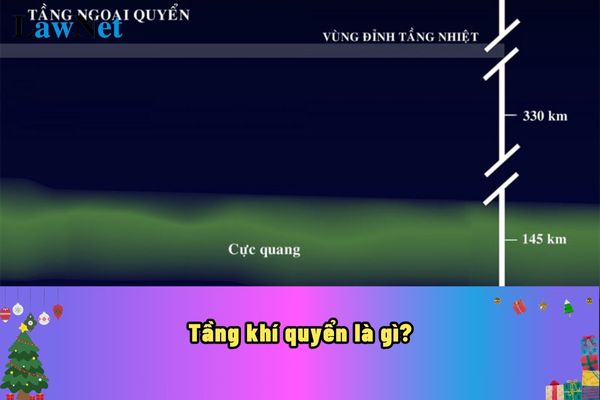
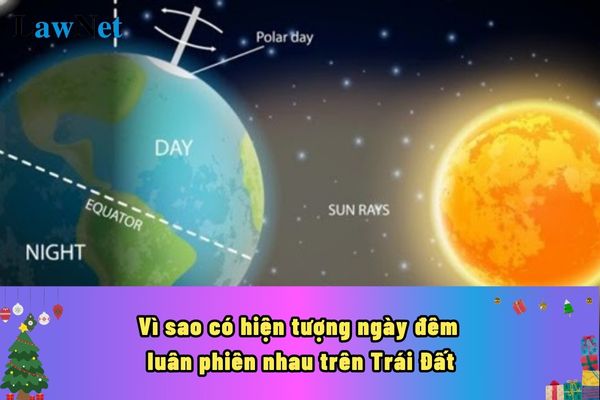
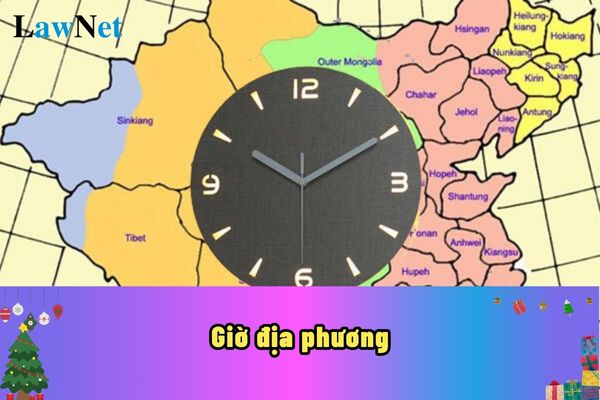
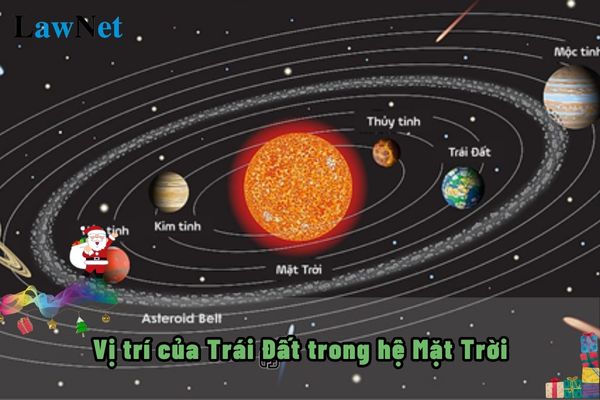
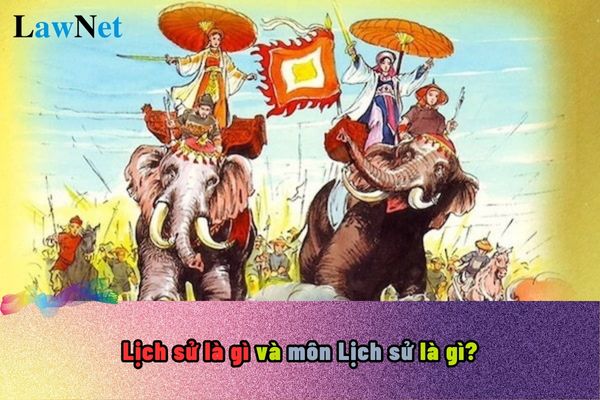
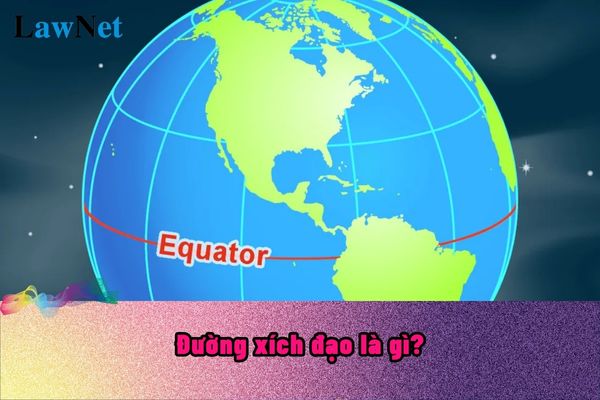
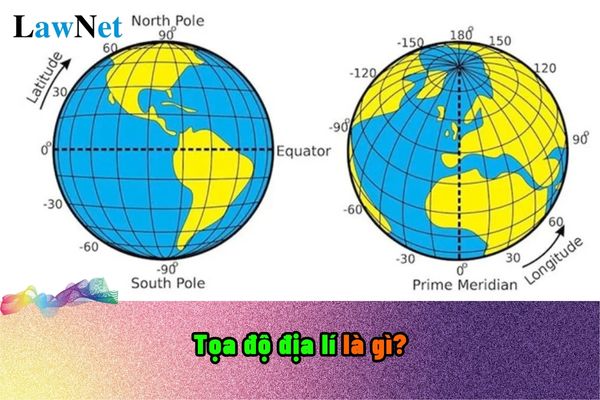

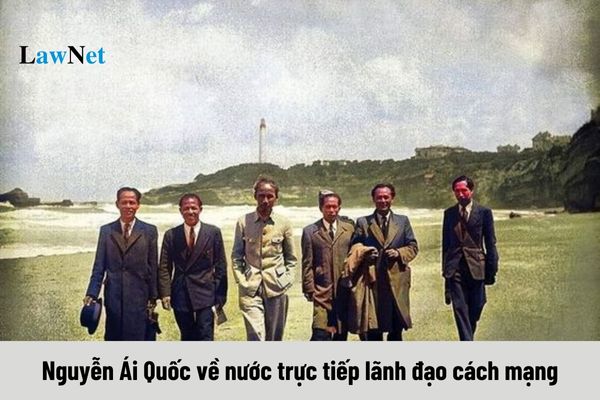
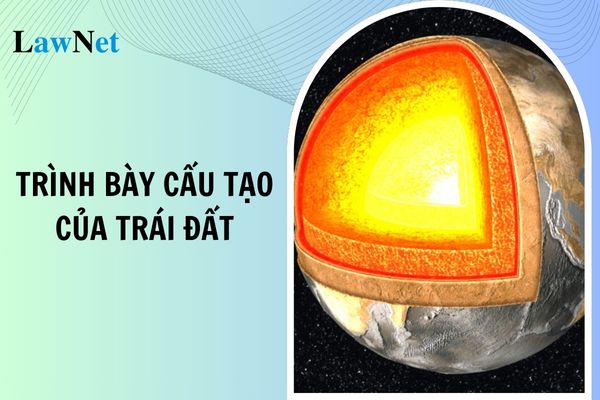
- Vietnam: What is the sample report on a modern literary matter - innovations and renovations in the short stories "Chiếc thuyền ngoài xa" and "Một người Hà Nội"?
- Vietnam: What are the 05 sample 600-word argumentative essays on negative issues among youth today? How many types of texts are there in the content of the 12th-grade Literature curriculum?
- Vietnam: What are the best sample paragraphs about your family for 6th-grade students? What elective subjects do 6th-grade students learn?
- Vietnam: What are the best sample self-introductions in English for 5th-grade students? What topics are covered by the 5th-grade English curriculum?
- Vietnam: What are the sample imaginary paragraphs on Tin-tin and Mi-tin entering the magical garden for 4th-grade students? What are the 05 essential qualities required for 4th-grade students?
- Vietnam: What are the guidelines for preparing the briefest lesson "A Strange Tale of the Fisherman's House/Truyện lạ nhà thuyền chài"? What is the eligibility for lower secondary graduation recognition for 9th-grade students?
- What are the enrollment methods of Pham Ngoc Thach University of Medicine in 2025?
- Vietnam: What are the sample 1st end-of-semester question papers of 9th-grade Literature? What is the form of assessment for 9th-grade Literature?
- Vietnam: What are the 10 sample 200-word social argumentative paragraphs on the strength of discipline? Is improving manpower one of the goals of education?
- What are the sample social argumentative essays on a social issue raised from a literary work in the 8th-grade Literature curriculum in Vietnam?

